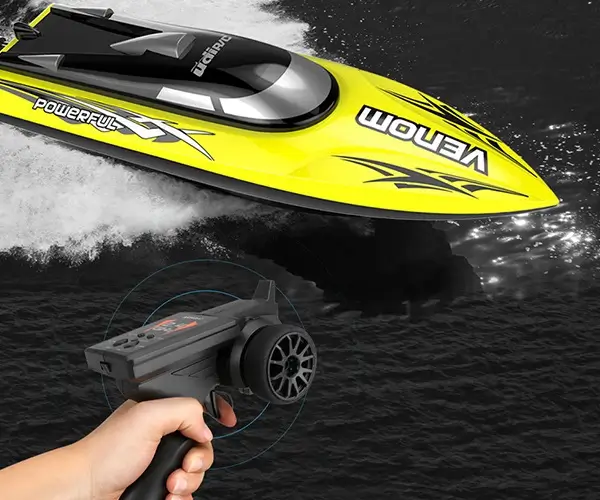Certainly! Here is the first part of your soft article on "Dimensions of Servo Motor." I will structure it as requested, with a compelling title, description, and keywords. The article will flow naturally into the second part upon completion.

Unlocking Precision: Exploring the Dimensions of Servo Motors and Their Impact on Machinery Performance
In the realm of automation and robotics, servo motors stand out as the heartbeats behind precise control, smooth movement, and reliable performance. While much attention tends to be paid to torque, speed, and control algorithms, the physical dimensions of a servo motor—its size, shape, and mounting footprint—are equally critical factors that influence system design and operational success.
Understanding the dimensions of servo motors isn’t just about fitting a component into a casing; it’s about harmonizing mechanical compatibility, efficiency, and future scalability. Let’s explore the fundamental aspects of servo motor dimensions and discover how these physical traits shape performance and integration.
The Anatomy of a Servo Motor
At its core, a servo motor is a compact, high-precision motor paired with a control system that enables precise angular or linear movement. While the internal electronic and magnetic components are vital, the external dimensions dictate how the motor integrates with external systems.
Typical servo motors consist of:
Rotor and stator assembly: The core magnetic components. Housing or casing: Protects internal parts and interfaces with mounting points. Shaft: The output component that connects to gears, actuators, or wheels. Cooling features: Sometimes integrated into larger models for heat dissipation.
Each of these features influences the overall size, which in turn impacts installation complexity, thermal management, and load capacity.
Standardized Dimensions and Sizes
Manufacturers usually categorize servo motors into standard sizes such as NEMA (National Electrical Manufacturers Association) sizes for DC and AC motors, or frame sizes in metric terms. Common categories include:
Small servo motors: Typically under 50mm in diameter and 100mm in length, used in precision control for compact devices. Medium servo motors: Ranging from 50mm to 150mm in diameter; suitable for most industrial applications. Large servo motors: Exceeding 150mm in diameter, designed for heavy-duty tasks.
Knowing these classifications, engineers can make informed decisions on motor selection based on the available space and required performance.
Factors Influencing Dimensions
Several factors contribute to the physical dimensions of a servo motor:
Power Rating: Higher power motors tend to be larger to accommodate more substantial magnetic components and thermal capacity. Torque Requirements: To generate higher torque, motors often feature larger rotors and more robust housings. Speed Range: High-speed motors may need specialized designs that influence size and shape. Precision and Resolution: Fine-tuned servo motors with high accuracy often require compact, intricate designs, leading to smaller footprints. Mounting and Interface Standards: Compatibility with robotic arms, conveyor systems, or CNC machinery influences external dimensions.
The Importance of Compactness in Modern Applications
In industries like robotics, aerospace, and portable machinery, size constraints are often tight. Manufacturers are continually innovating to produce servo motors that deliver maximum power within minimal dimensions. For instance, coreless brushed servo motors can offer high torque in a much smaller volume compared to traditional iron-core motors.
This trend toward miniaturization is driven by the need for lightweight, high-performance solutions that don’t compromise on accuracy or durability. Compact servo motors can be integrated into drones, surgical robots, and wearable devices, demonstrating how reduced size expands application horizons.
Mounting and Compatibility Considerations
Dimensioning also ties into how the servo motor physically attaches to machinery or robotic systems. Standard mounting patterns, such as flange sizes and hole configurations, are designed for interoperability but require precise understanding of dimensions to avoid misfit or mechanical stresses.
Common mounting types include:
Flange mounting: Utilizing a flat face with bolt holes, often specified by standards like NEMA or IEC. Foot mounting: Using brackets or feet attached to the motor casing. Clamp or pillar mounting: Employing specific clamps or supports for stability.
Matching these dimensions ensures that the servo motor can be seamlessly integrated without extensive modifications.
This part covered foundational understanding and importance of servo motor dimensions, standard sizes, factors influencing these sizes, and their relevance to application and mounting. In the next part, we will delve into the detailed specifications, how to interpret datasheets, and real-world scenarios that illuminate the significance of dimensions in system design.
Kpower has delivered professional drive system solutions to over 500 enterprise clients globally with products covering various fields such as Smart Home Systems, Automatic Electronics, Robotics, Precision Agriculture, Drones, and Industrial Automation.




































